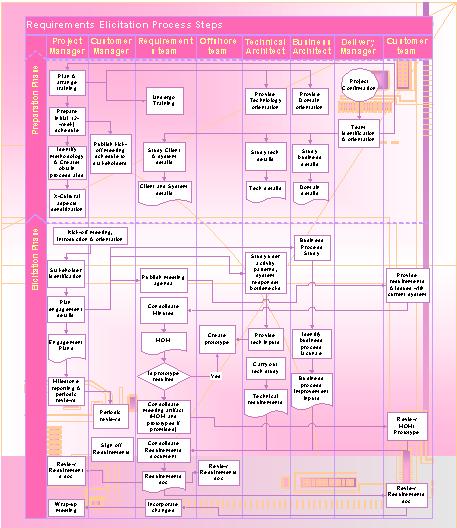emphasizes developers’ issues over users‘ needs and may result in poor requirements. Requirements in the form of high-level design run the risk of being un-verifiable by the user, as user might not understand the design language. There are at least three broad contexts concerned to RE:
捕获专注于需求而不是设计,这是为了充分了解用户的关注点。专注于设计会不适当的强调开发问题而忽略用户的需要,导致失败的需求。需求中掺杂了设计,会使用户无法验证需求,同时用户可能无法理解设计方面的语言。在需求获取中有三个较大的领域需要特别注意:
Organization o Submitters of the input to the target system o Users of the output of target system o Ways in which target system will change the organization’s means of doing business
组织机构目标系统输入信息的提供人员使用目标系统输出信息的用户目标系统可能改变组织机构的业务流程。
Environment o Hardware and software constraints imposed on the target system o Maturity of target system‘s domain o Certainty of the target system’s interfaces to the larger system o The target system‘s role within a larger system
环境目标系统的软,硬件限制。
目标系统问题域的成熟程度。
目标系统的界面与组织现有大部分系统界面风格一致。
目标系统与组织现有其他系统的关系。
Project o Attributes of different stakeholders e.g. management style, domain/computer experience o Constraints imposed e.g. cost, quality, timelines, etc.
项目不同风险承担人的特点,如管理风格,问题域/计算机经验。
其他约束条件,如资金,质量,时间期限。
5 Requirements Elicitation Process
5、需求捕获过程。
Following process graph shows the “should-be” RE process, which was created during a sample requirements elicitation process study. This gives a bird‘s eye view of the proposed business process model, which is a refined RE process.
下面的过程图显示了“应该”的需求捕获过程,它来源于实际的一个简单的需求捕获任务。它给出了建议的过程模型,也是一个精确的需求捕获过程。从这幅图上,你可以对需求捕获过程有个全面的认识

下一章将介绍需求捕获的阶段组成(待续)